New Clear Roads Research: Tools and Strategies for Developing Severity Indexes
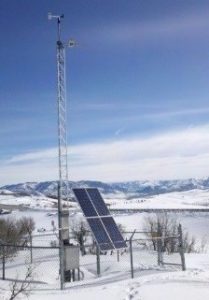
Many agencies use storm severity indexes and winter severity indexes to make comparisons between storms and across multiple winter seasons. But developing an effective severity index can be challenging due to the multitude of variables involved and the availability and quality of data.
To help agencies find the right fit, a recent Clear Roads research project created a step-by-step guide to implementing a severity index and a flowchart tool that helps match users with existing indexes. Both tools help states assess the most feasible option: using or modifying an existing severity index or developing a new custom index.
Download the final report and appendices: Evaluation of SSI and WSI Variables, December 2020.
Image source: Utah DOT.

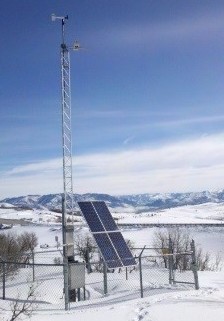
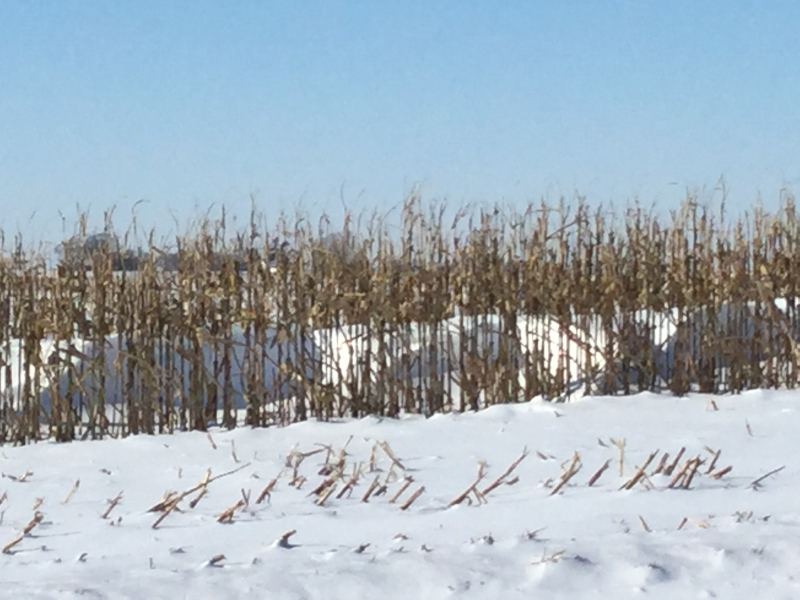
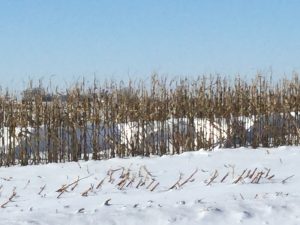 By preventing blowing snow from reaching the roadway, snow fences have proven to be an important tool for many state DOTs. In Illinois, two recent studies are helping IDOT refine its approach to snow fence design and better assess the fences’ cost-effectiveness.
By preventing blowing snow from reaching the roadway, snow fences have proven to be an important tool for many state DOTs. In Illinois, two recent studies are helping IDOT refine its approach to snow fence design and better assess the fences’ cost-effectiveness.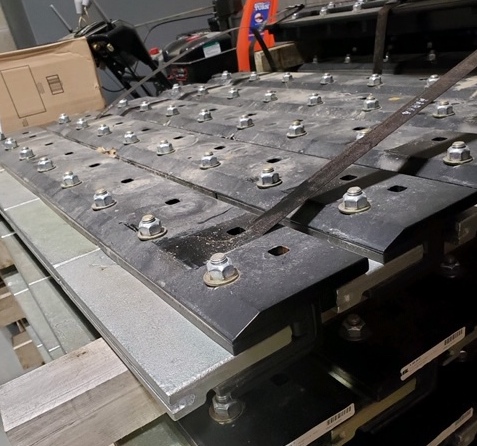
 A recent Clear Roads
A recent Clear Roads 
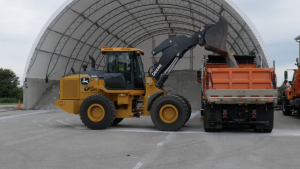 A step-by-step guide to spreader calibration is the latest addition to Iowa DOT’s popular
A step-by-step guide to spreader calibration is the latest addition to Iowa DOT’s popular 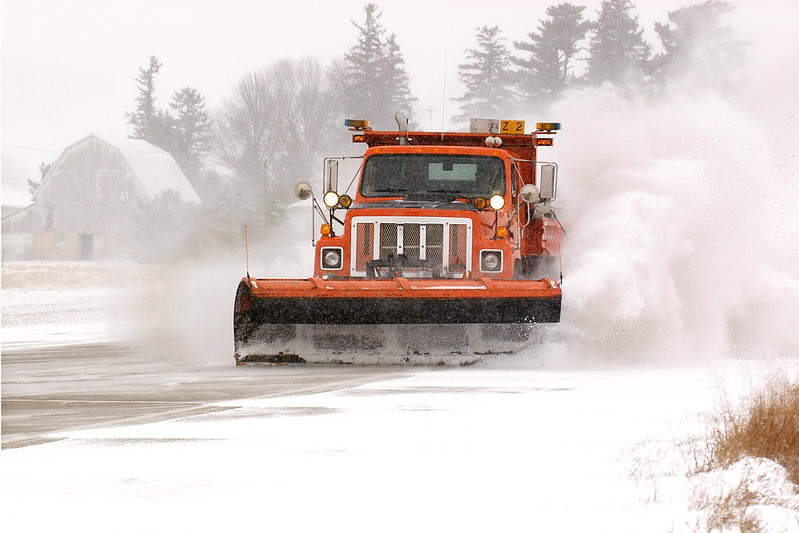
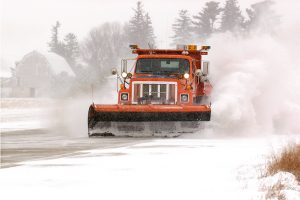 Drivers on a stretch of Interstate 35 in southern Minnesota received advance warning this winter when snowplows were working nearby. In an effort to reduce crashes, Minnesota DOT pilot-tested technology that uses highway message signs to let motorists know when slow-moving plows are ahead on the highway.
Drivers on a stretch of Interstate 35 in southern Minnesota received advance warning this winter when snowplows were working nearby. In an effort to reduce crashes, Minnesota DOT pilot-tested technology that uses highway message signs to let motorists know when slow-moving plows are ahead on the highway.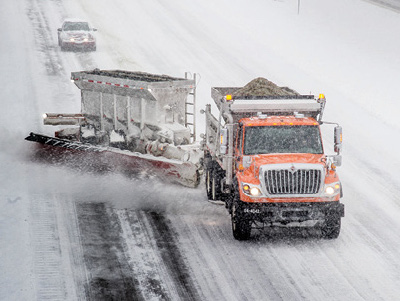
 A recent Clear Roads
A recent Clear Roads 
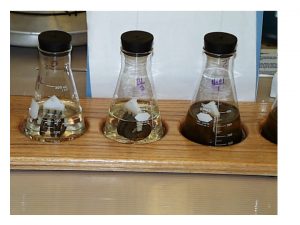

 If you’re looking for the latest research and guidance on deicers, extreme weather, or any other aspect of winter operations, be sure to check the Transportation Research Board. A recent TRB
If you’re looking for the latest research and guidance on deicers, extreme weather, or any other aspect of winter operations, be sure to check the Transportation Research Board. A recent TRB 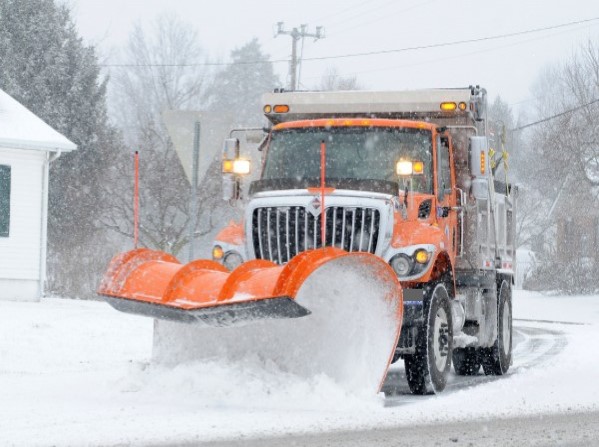
 An ongoing plow route optimization effort at Delaware DOT is yielding benefits for state residents. By optimizing selected routes for mileage efficiency, the department has been able to reduce snow removal service times and improve its level of service.
An ongoing plow route optimization effort at Delaware DOT is yielding benefits for state residents. By optimizing selected routes for mileage efficiency, the department has been able to reduce snow removal service times and improve its level of service.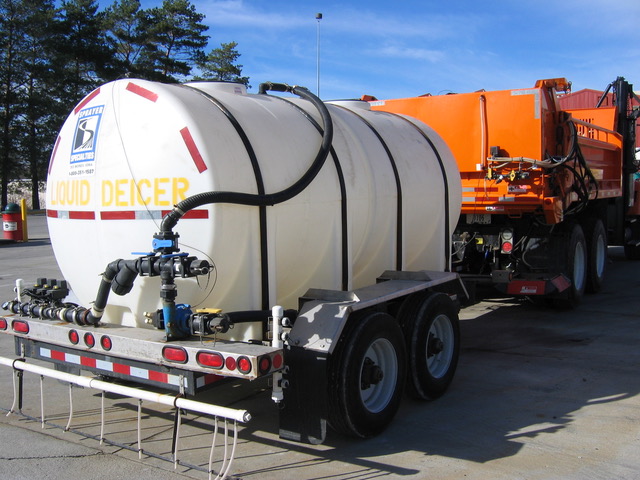
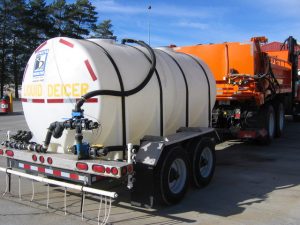 While not yet widely available, corn-based deicers have shown some promise as an environmentally friendly alternative that could reduce the use of salt.
While not yet widely available, corn-based deicers have shown some promise as an environmentally friendly alternative that could reduce the use of salt.